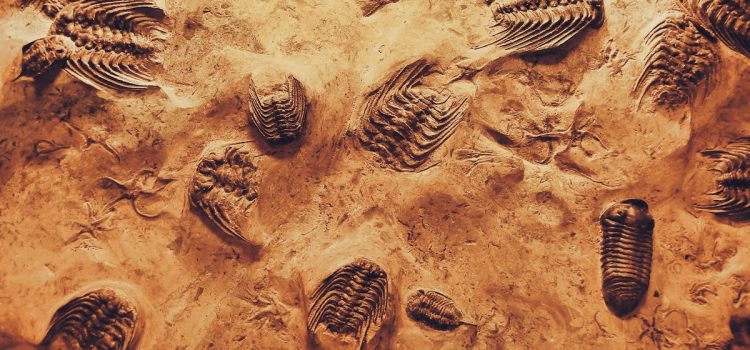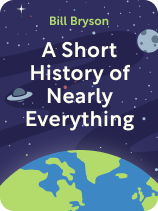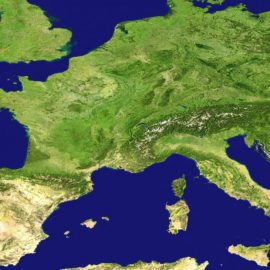

This article is an excerpt from the Shortform book guide to "A Short History of Nearly Everything" by Bill Bryson. Shortform has the world's best summaries and analyses of books you should be reading.
Like this article? Sign up for a free trial here.
What was the Cambrian explosion? How can the sudden appearance of so many new species be explained?
The fossil record shows something intriguing: A ton of new species suddenly appeared about 540 million years ago. Author Bill Bryson explores what this might mean.
Keep reading for a brief overview of the Cambrian explosion.
What Was the Cambrian Explosion?
What was the Cambrian explosion? In the fossil record, a large number and diversity of multicellular organisms appear relatively abruptly about 540 million years ago. These organisms were all aquatic and included both plants and animals. As Bryson discusses, scientists refer to this sudden appearance of new species as the Cambrian explosion.
But, he notes, their sudden appearance in the fossil record doesn’t necessarily mean that they appeared suddenly on Earth. Scientists conjecture that many of the Cambrian creatures existed long before the presumed Cambrian explosion and became larger over time, making their fossilized remains progressively more discernible. Furthermore, the fossil record provides only sporadic glimpses of what life looked like in the past because fossils form only under certain conditions that occur only occasionally. Scientists estimate that only about one out of every 10,000 species that have ever lived on Earth is preserved in the fossil record.
| The Cambrian Chronology Controversy As Bryson mentions, there are two competing schools of thought regarding the Cambrian explosion. One holds that the Cambrian explosion does indeed represent a relatively sudden appearance of many new species. The other holds that these species appeared gradually, beginning long before the Cambrian explosion, and either didn’t leave earlier fossils or left fossils that scientists haven’t found yet. Genetic studies tend to support the gradual development hypothesis. Based on the rate of mutation and the number of mutations that differentiate modern species from one another, scientists estimate that the common ancestor of multicellular animals lived around 1.6 billion years ago—long before the Cambrian explosion. They hypothesize that the Cambrian explosion may have been a case of parallel evolution, where many soft-bodied creatures on different evolutionary tracks began to grow exoskeletons. Since exoskeletons are much more likely to be preserved as fossils than soft tissues, this would explain the relatively abrupt appearance of these creatures in the fossil record. They also point to fossilized tracks in Precambrian rock that may have been made by segmented worms or similar soft-bodied animals that lived before the Cambrian explosion. However, other researchers believe that these tracks were actually made by unusually large single-celled organisms (of which they’ve found living specimens) and that multicellular animals really did appear abruptly at the time of the Cambrian explosion. They cite evidence that mutation rates were up to five times higher during the Cambrian period, explaining the rapid divergence of species. |

———End of Preview———
Like what you just read? Read the rest of the world's best book summary and analysis of Bill Bryson's "A Short History of Nearly Everything" at Shortform.
Here's what you'll find in our full A Short History of Nearly Everything summary:
- An accessible overview of the natural sciences
- A full history of the universe, Earth, and life as we know it
- A look at the unknowns and controversies that still exist in the sciences






